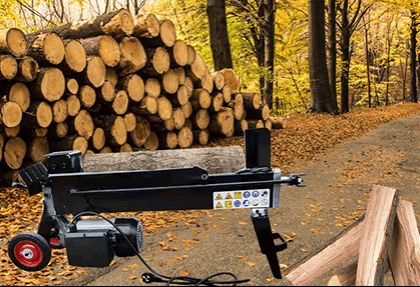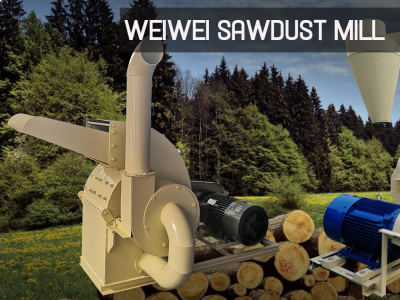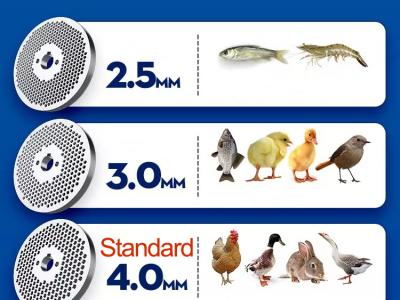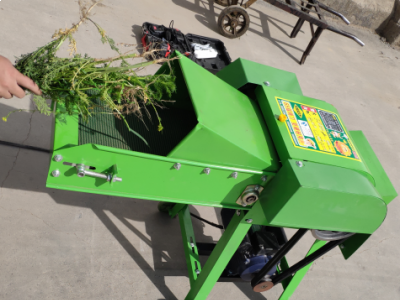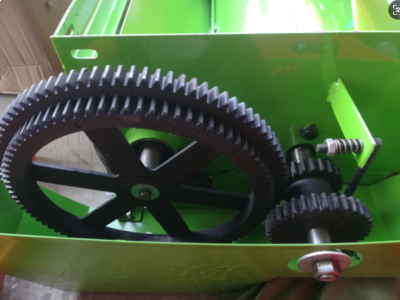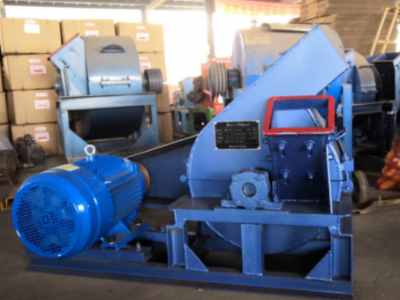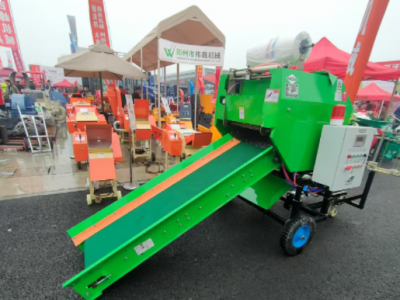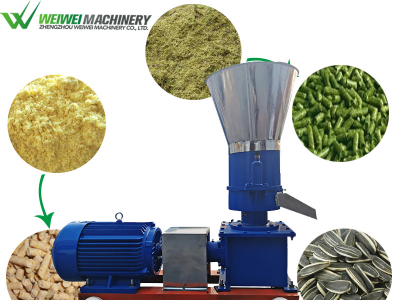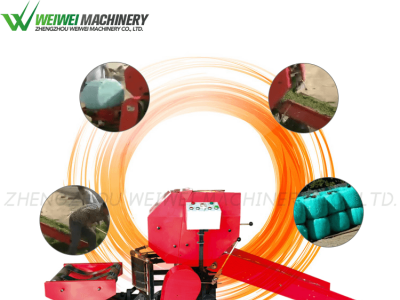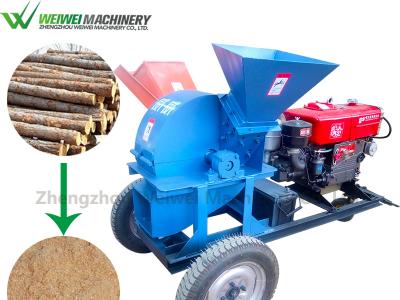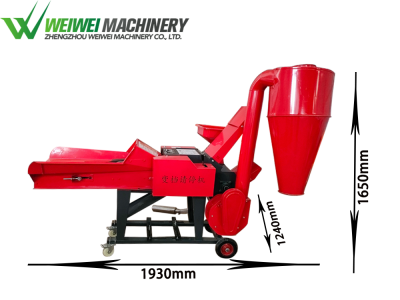As a crucial piece of equipment in the wood processing industry, the proper operation of a wood chipper directly impacts production efficiency and economic benefits. To extend the service life of the wood chipper and ensure its efficient and stable operation, daily maintenance is essential. Below are some recommendations for maintaining and servicing your wood chipper:
1. Daily Maintenance
-
Pre-Operation Checks:
-
Inspect all connecting bolts for looseness and tighten them if necessary.
-
Check the tension of the belts and adjust if needed.
-
Examine the blades for wear and replace them if they are severely worn.
-
-
Ensure the lubricant is sufficient and top up if required.
-
-
During Operation:
-
Monitor the equipment's operating status. If abnormal noises or vibrations occur, stop the machine immediately and inspect.
-
Observe the discharge condition and clear any blockages promptly.
-
Avoid prolonged overloading to prevent damage to the equipment.
-
-
Post-Operation Cleaning:
-
Clean wood chips and dust from the equipment to keep it clean.
-
Lubricate the blades, bearings, and other critical parts.
-
2. Regular Maintenance
-
Weekly Maintenance:
-
Inspect and clean the air filter.
-
Check and adjust belt tension.
-
Inspect and tighten all bolts and nuts.
-
Monthly Maintenance:
-
Check and replace the lubricant.
-
Inspect and clean the hydraulic system filter.
-
Check and adjust blade clearance.
-
-
Quarterly Maintenance:
-
Conduct a comprehensive inspection of the equipment, including the electrical system, hydraulic system, and transmission system.
-
Replace severely worn parts.
. Precautions
-
Operators should receive professional training and be familiar with the equipment's operating procedures and safety precautions.
-
Use genuine parts or reliable alternatives, and avoid low-quality components.
-
Perform regular maintenance and keep detailed records.
-
In case of equipment failure, contact professionals for repairs and avoid disassembling the machine yourself.
4. Tips to Extend Service Life
-
Avoid prolonged overloading.
-
Regularly inspect and replace wearable parts.
-
Keep the equipment clean and dry.
-
Use appropriate lubricants and replace them regularly.
-
-
-
-
-
-


